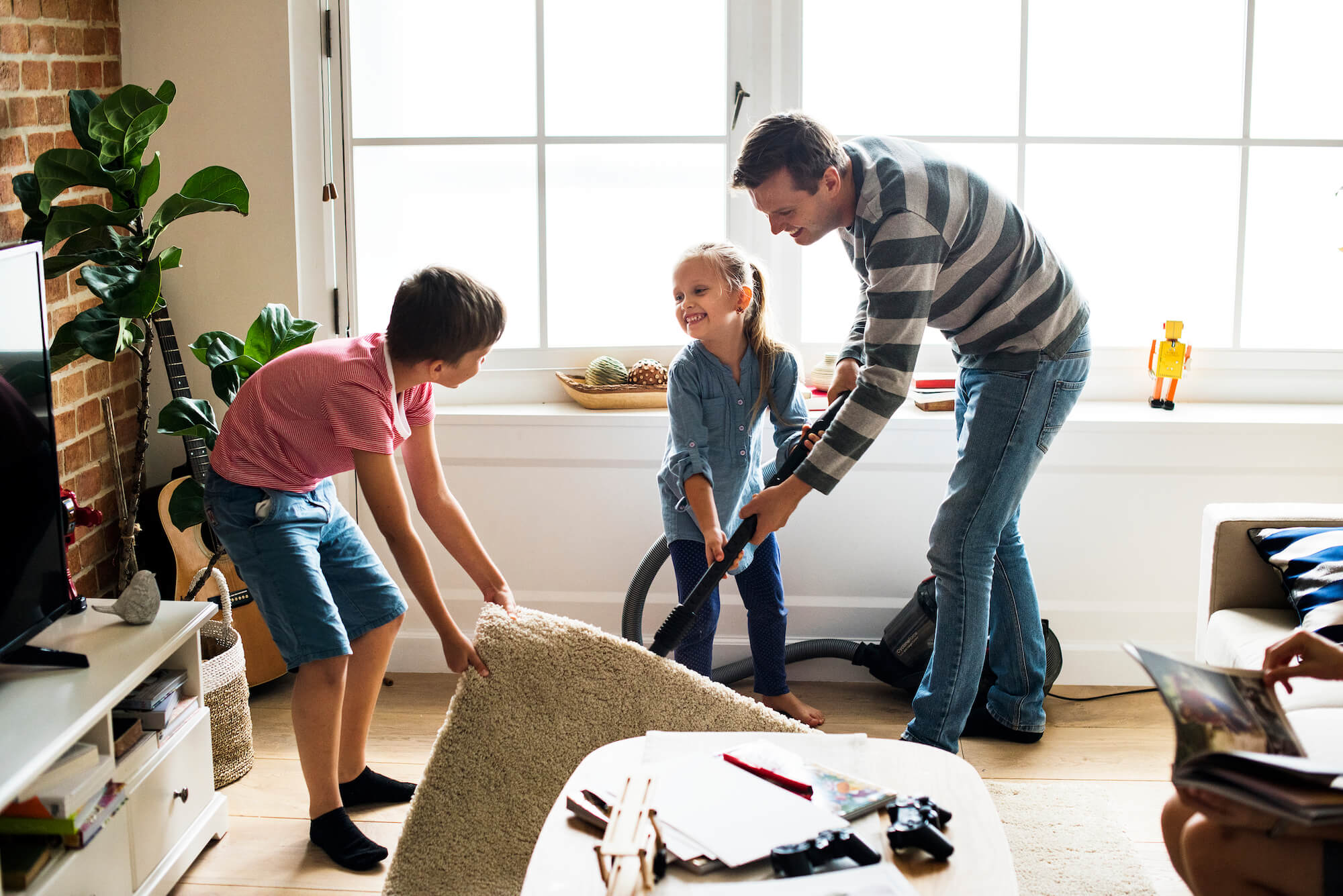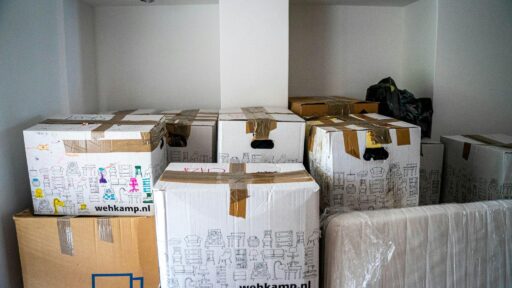Moving with kids can feel like trying to solve a puzzle while the pieces keep shifting. There’s the packing, the planning, and all the decisions—and then there’s the emotional side of it. For children, a move can feel like a huge life event. Their world is changing, and they may not fully understand why or what comes next.
If your family is preparing for a move to Brookshire, TX, you might already be thinking about how to ease that transition. The area has become a top pick for families looking for more space and a quieter setting, especially with the growth of new communities just 15 minutes from Katy. With beautiful neighborhoods and modern layouts, it’s no surprise that new homes are getting a lot of attention. But even with a great home lined up, moving day can still feel overwhelming for your kids. Here’s how you can make things easier—from the first conversations to the moment you walk through the front door together.
Visit the New Home as a Family
One of the easiest ways to reduce stress for your child is to bring them into the experience early. If you’re able to visit the new house before moving in, take the opportunity. Let your child walk through the space, explore the backyard, and imagine what their new room will look like. That physical connection helps them process what’s coming in a way that feels real and manageable.
You don’t have to do anything big. Just being there, letting them touch the walls and peek inside closets, can take some of the mystery—and fear—out of the equation. Ask what they think of the house. What’s their favorite room? What do they want to set up first?
And if you’re moving into one of the new homes near Brookshire, TX, visiting ahead of time can also give you a chance to show your child the layout of the community—like nearby parks or walking trails. That little bit of familiarity can go a long way in building comfort and even excitement.
Get Them Involved in the Setup
Kids want to feel like they have some control, especially when so much around them is changing. Give them a few decisions to make. Let them choose their bedding or pick out a new rug. Ask how they’d like to organize their toys or books. These small choices add up, giving them a sense of ownership in the process.
You don’t have to turn it into a project, either. Even asking, “Where should we put your nightlight?” or “Do you want your bookshelf by the window or near the bed?” can help them feel included. That participation can shift their mindset from “this is happening to me” to “I’m part of this.”
If you’re feeling overwhelmed by the logistics, don’t hesitate to rely on reputable moving companies. They can help ensure the transition is as smooth as possible, handling everything from packing to transport, so you can focus more on the emotional well-being of your child.
Stick to Simple Routines During the Chaos

When everything feels unfamiliar, routines offer comfort. Kids rely on structure to feel secure, and when a move shakes that up, it’s easy for emotions to run high. That’s why keeping certain parts of your child’s daily schedule intact—like bedtime, storytime, or snack breaks—can help them feel grounded.
Even during moving week, try to stick to the basics. If you always read a bedtime story, keep that going—even if you’re sitting on a pile of boxes. If your kiddo takes a nap at a certain time, do your best to protect that pocket of calm. These predictable moments provide a break from all the changes swirling around them.
Talk About the Move—Early and Often
Kids are smart. They notice packed boxes, whispered conversations, and changes in energy. That’s why it’s better to start the moving conversation before they come up with their own stories about what’s going on.
Use age-appropriate language, and keep the tone positive but honest. Instead of saying, “We’re leaving because this place isn’t working,” say, “We found a new home that gives us more space and fun things to do.” Ask your child what they think and feel. Answer questions simply, and don’t be afraid to say, “I don’t know yet.”
The earlier they hear about the move, the more time they have to process it—and the more chances you’ll have to check in on how they’re doing.
Help Them Say Goodbye
Leaving behind friends, schools, and favorite hangouts can be tough. Give your child the chance to say goodbye in a way that feels personal. You could make a goodbye card for their teacher or have a final playdate at their favorite park. Some families create a memory book or take photos together in special spots around town.
These activities aren’t just for closure—they also help kids recognize that while they’re saying goodbye to a place, they’re taking the memories with them. That can ease the sense of loss and make room for curiosity about what’s next.
Make the New Place Feel Like Home
Once the move is done, focus on making the new space feel familiar and safe. Start with their room—unpack their bedding, favorite toys, nightlight, and anything else that brings comfort. Keep those “homey” items close and easy to access.
Try to bring back little traditions quickly. If you always have pancakes on Sunday or play a game before bed, keep that going. The sooner your child sees that not everything is changing, the more secure they’ll feel.
Encourage New Connections
Once your child starts settling in, help them meet other kids and find local activities. Whether it’s the neighborhood park, school, or a library program, those early interactions can make a big difference in helping them feel connected.
Model the kind of openness you want them to have. Smile at neighbors. Start small conversations. Kids are more likely to follow your lead when they see you making an effort, too.
Change is hard, especially for kids. But it’s also an opportunity to grow, explore, and build new memories together. With a little planning, honest conversations, and steady support, your move can feel less like a disruption—and more like the start of something special.
Remember, your child doesn’t need you to have every answer. They just need to know that you’re with them through every part of the process. By giving them time, reassurance, and a few simple choices, you’re helping them feel safe and supported.








